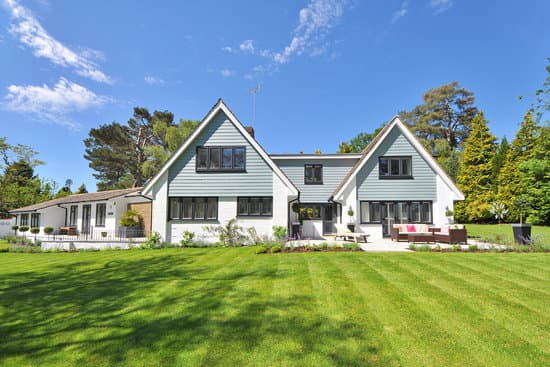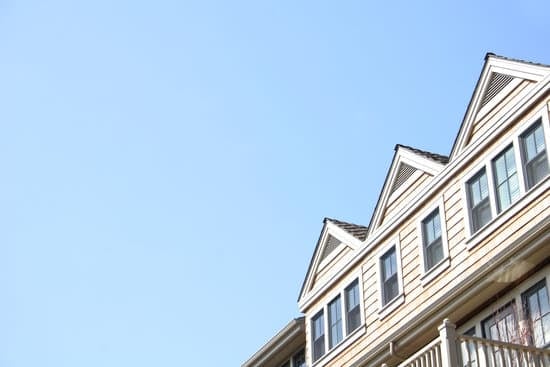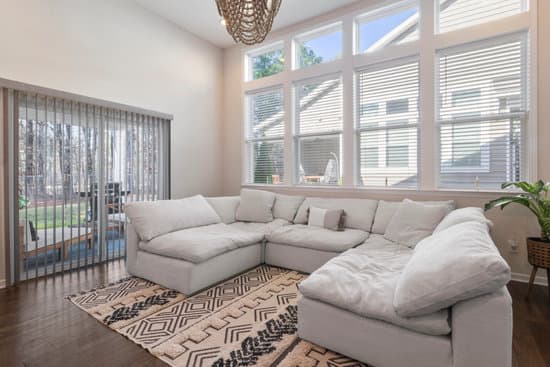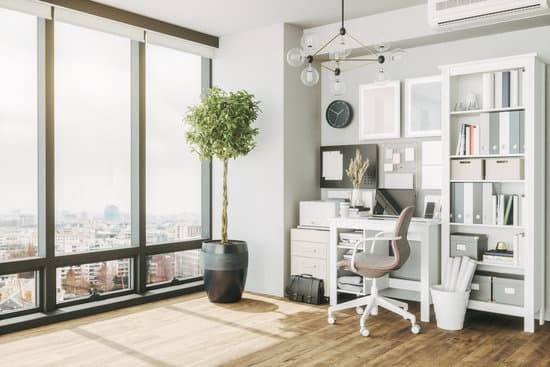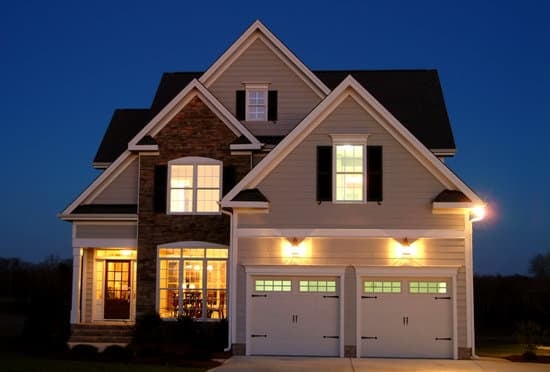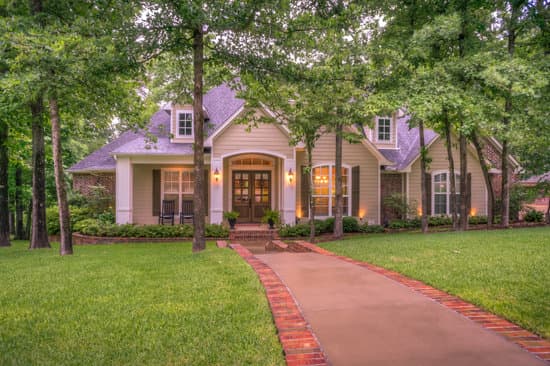Creating a Landscape Layout: Key Tips and Tricks
Creating a beautiful outdoor space is a dream for many homeowners. A carefully crafted landscape design can give your home a significant aesthetic appeal, improve its overall functionality and create an inviting and relaxing environment. However, achieving a perfect landscape layout can be daunting, especially if you are a beginner. In this article, we’ll provide some practical tips and tricks to get you started on creating a landscape layout.Beginning with an overview of the area
Creating a landscape plan starts with having an overview of the area you want to develop. This involves taking an accurate measurement of the space and determining the purpose you want the outdoor area to serve. You may want a play area for the kids, a vegetable garden, space for outdoor cooking, or a relaxation spot. Once you have clarity on the purpose, you can then sketch out the general design.Identifying existing elements
A good landscape plan should consider the existing elements of the environment that surrounds the outdoor space. This includes natural features like waterways, rocks, and slopes, as well as man-made features like poles or structures. By identifying existing elements, you can strategically design your layout around them and incorporate them into your design. This helps your new landscape blend seamlessly with the existing environment, creating a harmonious and natural feel.Integrating waterways, rocks, poles, and structures
Integrating natural and man-made features into your landscape plan can be a bit tricky, but it can also add a unique touch to your outdoor space. Waterways, for instance, can be used to create a stunning focal point and also provide irrigation for your plants. Rocks, on the other hand, can be incorporated for the purpose of creating borders and covering the ground in areas where plants may not grow. Poles and structures can be used to add height to an outdoor space and offer a space for climbing plants. Remember: when integrating elements like rocks or poles into the landscape design, it’s essential to ensure that they are safe and stable. You don’t want to create a hazard instead of an attractive outdoor space.Incorporating slopes into the landscape plan
Incorporating slopes into a landscape plan can be challenging, but with the right technique, you can create an attractive and functional outdoor space. Start by creating a visually appealing terraced garden. This involves creating several flat levels along the slope and building retaining walls to hold the soil in place. This will prevent soil erosion while adding dimension and visual appeal to your outdoor space.Covering the ground if needed
Covering the ground can help prevent soil erosion, suppress weeds, and retain moisture while adding beauty to the overall landscape design. Mulch is an excellent option for covering the ground. It comes in different colors and materials like bark, wood chips, and straw. Mulching also helps enrich the soil, making it more fertile for healthy plant growth. Html formatted bullet points examples:- Always think about the purpose of your outdoor space before creating the landscape layout
- Incorporate existing elements to create a natural and cohesive outdoor space
- Be creative and experiment with different design elements like waterways, rocks, and plants
- Always ensure safety when incorporating man-made structures like poles and retaining walls
- Covering the ground with mulch can help prevent soil erosion and retain moisture, leading to healthier plant growth.





